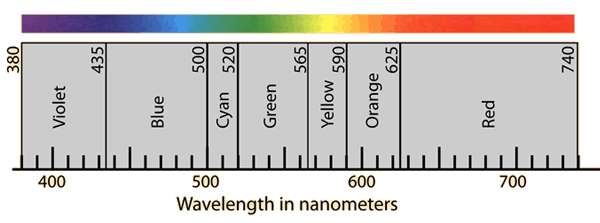The recent Star Wars Episode 7 trailer reminded me just how much of my childhood was taken up by Star Wars. There are so many aspects of science fiction movies and television that could be explored in a blog format like this. So, I am going to focus on one aspect of science fiction in this blog and may expand on this concept in future blogs. For this one, I will be focusing on light speed travel or traveling space with a warp drive device.

So, basically traveling at light speed or using a warp drive like the one used in Star Trek is basically a way that space ships can cover the vast distances of space in shorter amounts of time, rather than having to wait an extremely long time to make any progress into space like our space ships currently take. To explain how this is technically achieved, I looked at a Wikipedia article covering the warp drive and how it was explained in Star Trek. The article says, “By using a matter/antimatter reactor to create plasma, and by sending this plasma through warp coils, he created a warp bubble which he could use to move a craft into subspace, thus allowing it to exceed the speed of light”. Being able to travel beyond the speed of light requires a lot of energy, and this proposed warp speed engine seems to be grounded in reality with using a matter and antimatter reaction to create massive amounts of energy. But, kind of reaction has some problems, as the video from the Smithsonian YouTube channel will explain. (around 2:15)
Not only is it an engineering mystery as to how one would create an engine that could generate thrust through an antimatter reaction, but also being able to have a suitable amount of antimatter to fuel the reaction is impossible at this stage. This is probably why many experiments regarding this question cannot be conducted. The rarity of the materials required to test this question is a big obstacle scientists need to get around. It would also be detrimental if something were to go wrong with the limited amount of antimatter available for use by the scientists.
However, some designs are being worked on and are making progress into the realm of reality like the one pictured below.
Space.com explains how this image represents the function of faster than light travel, “This ring, potentially made of exotic matter, would cause space-time to warp around the star ship, creating a region of contracted space in front of it and expanded space behind”. Harold White of NASA’s Johnson Space Center, has adopted this idea created by Miguel Alcubierre, and have run very basic experiments testing its efficiency. These experiments however are very basic and don’t have any astonishing results. The lack of astonishing results would come from the lack of proper or good experiment creation. Similar to the discussion we had in class about doctor Spock’s poor experiment crafting about the babies sleeping on their stomachs, nothing substantial comes out of poor experiment design.
And it seems more recently that other parts of NASA seem to disagree with the idea of light speed travel at least at our current point in time. In a post on their website titled “Is Warp Drive Real?” an editor for NASA describes how the bulk of scientific knowledge points this in the direction of the impossible. The editor uses the article to state that NASA wants to focus on ion propulsion which is a more realistic form of jet propulsion compared to what is written in science fiction. This article was written in March of 2015, meaning this information is very recent, compared to the experiments above being proposed in 2012. It is possible that a lack of any substantial or relevant data in the experiments caused groups like NASA to abandon the idea of using a warp drive for space travel. And NASA is the forerunners in space exploration, so if they state that it is next to impossible in its current state, then there is most likely research and many credible people behind them that support this mindset and way of thinking.
In conclusion, science fiction films, novels, and television are very creative in how they get around restrictions of reality. What makes them so entertaining and believable is how their elements are grounded in actual science and reality. Could a warp drive based on matter reactions that propel a spaceship beyond the speed of light exist in the future? Sure, as research and scientific knowledge grows I could see this being revisited and expanded upon. But that probably would not happen for many years in our future.






 One aspect of this question that is important to consider is colorblindness.
One aspect of this question that is important to consider is colorblindness. 

